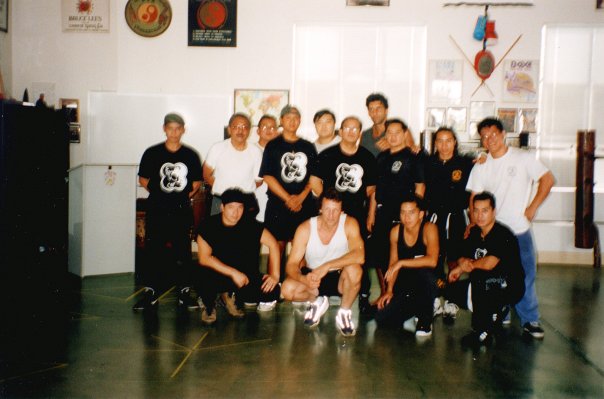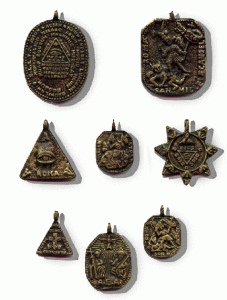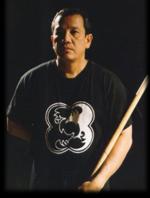Bakbakan Kali Seminar with Master Rey Galang at the Inosanto Academy, 1997.
Photo courtesy of John Jacobo.Members of Lameco SOG with Master Rey Galang and John Jacobo from Bakbakan New Jersey. Bakbakan Kali Seminar at the Inosanto Academy in Marina Del Rey, California.




